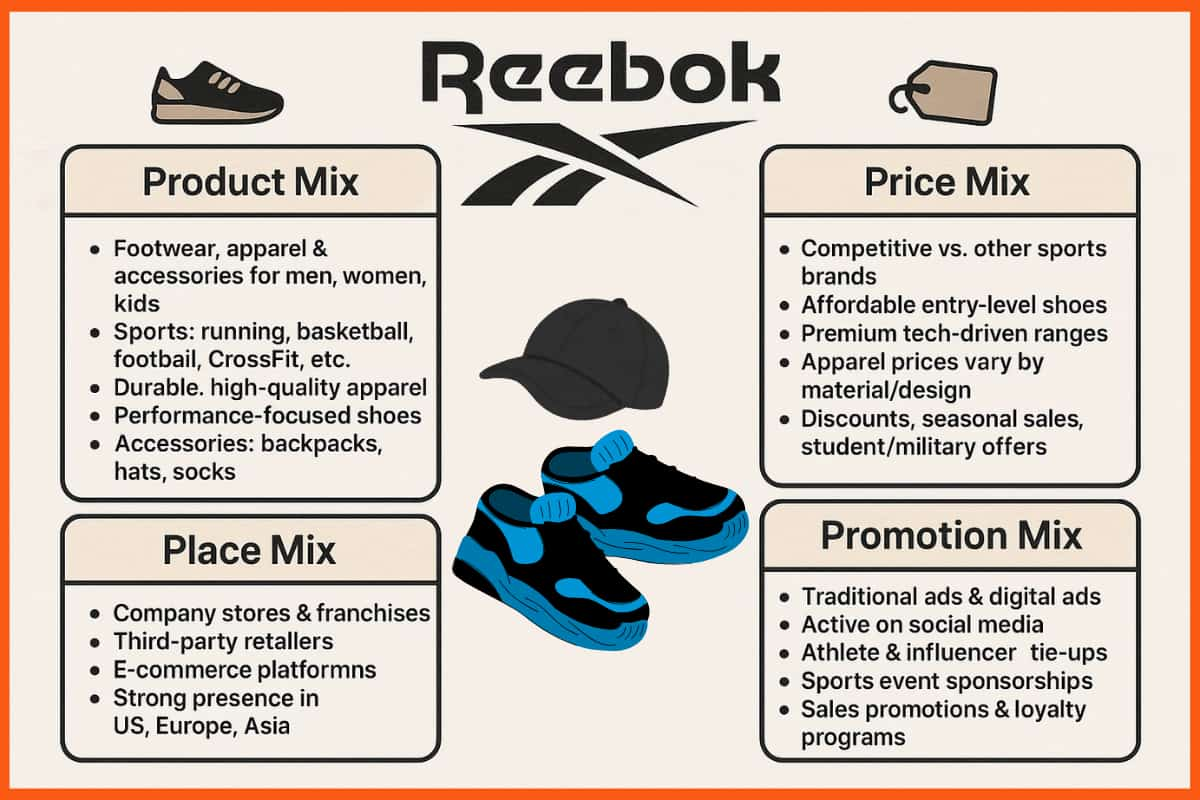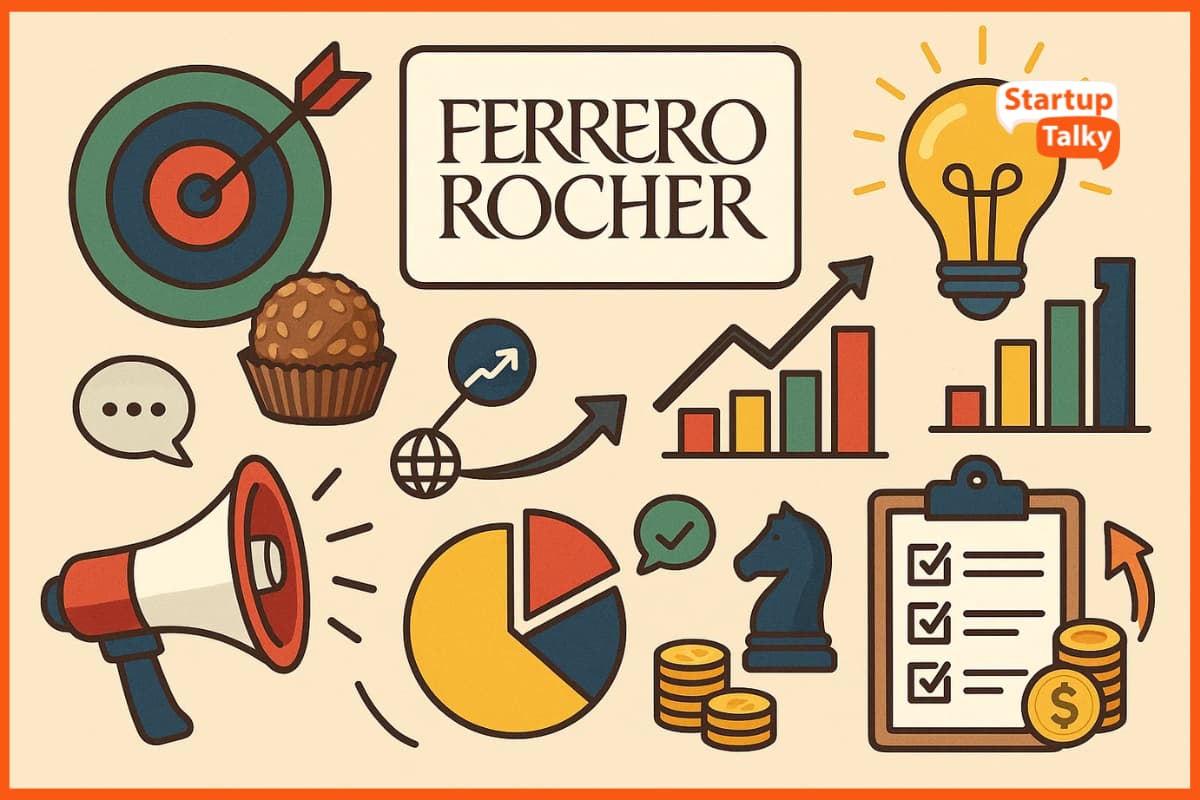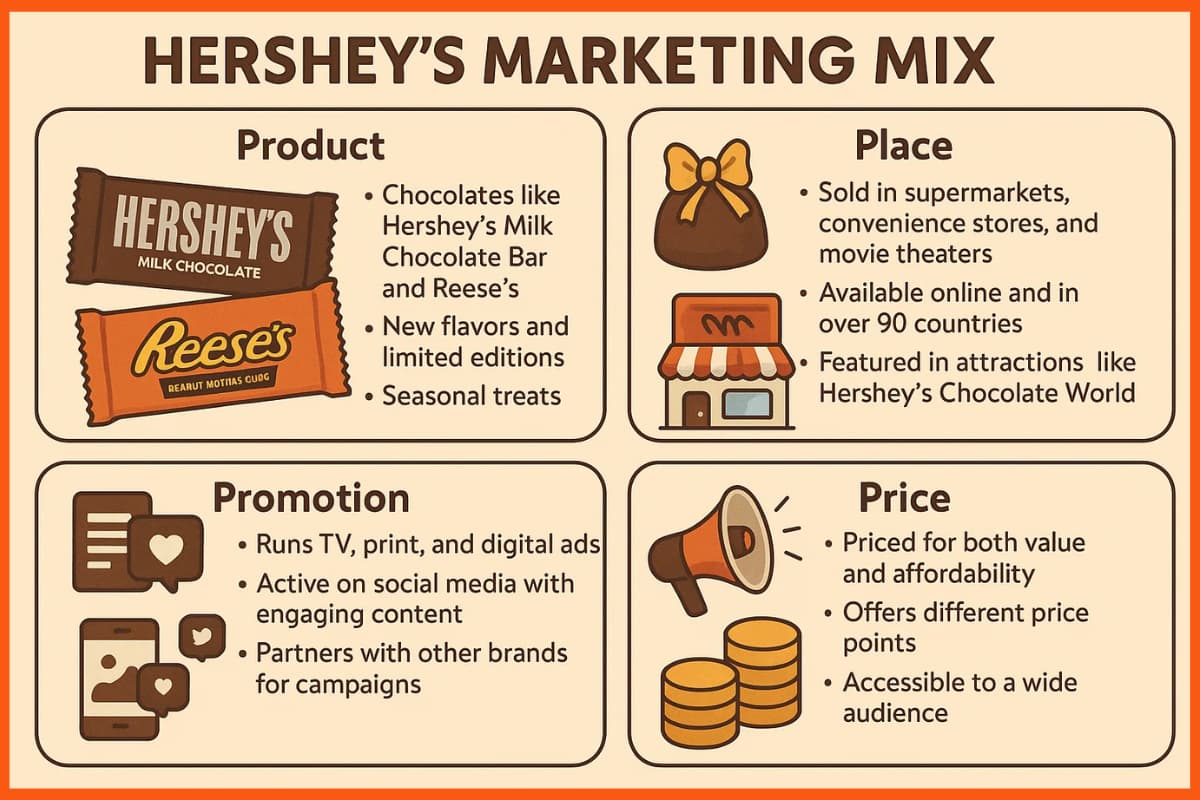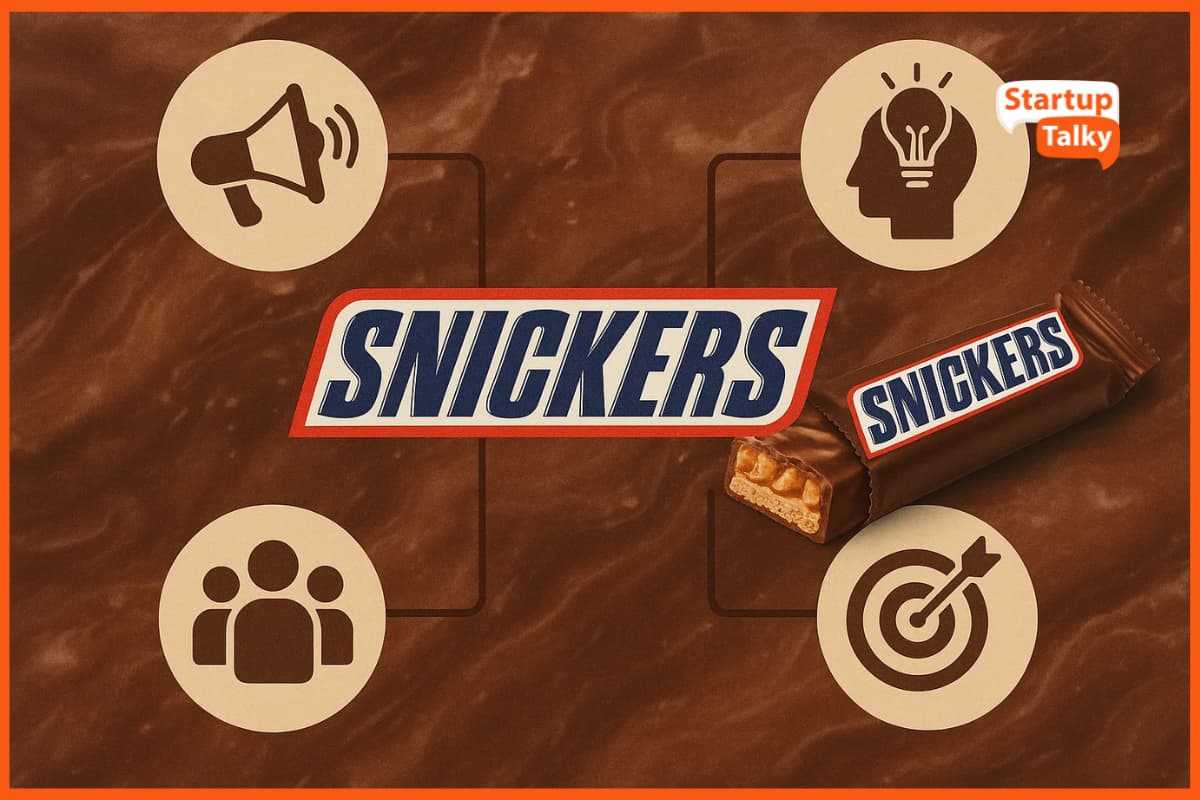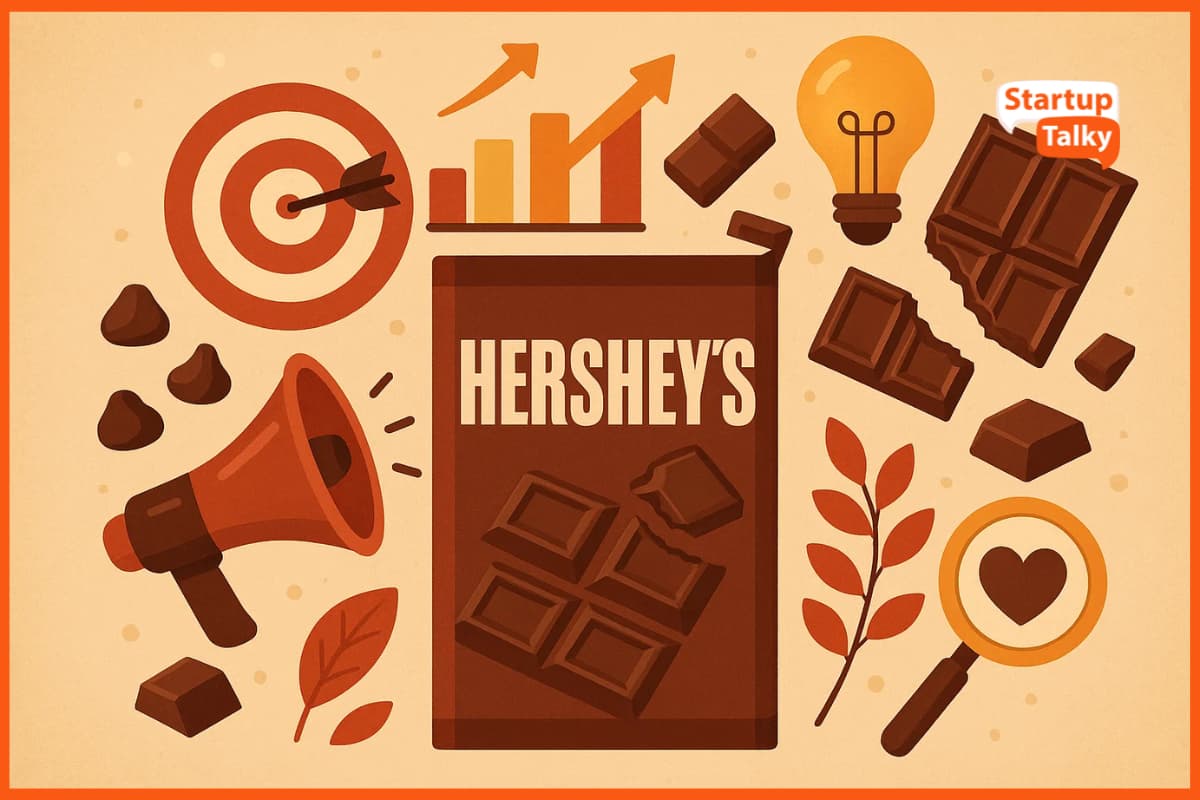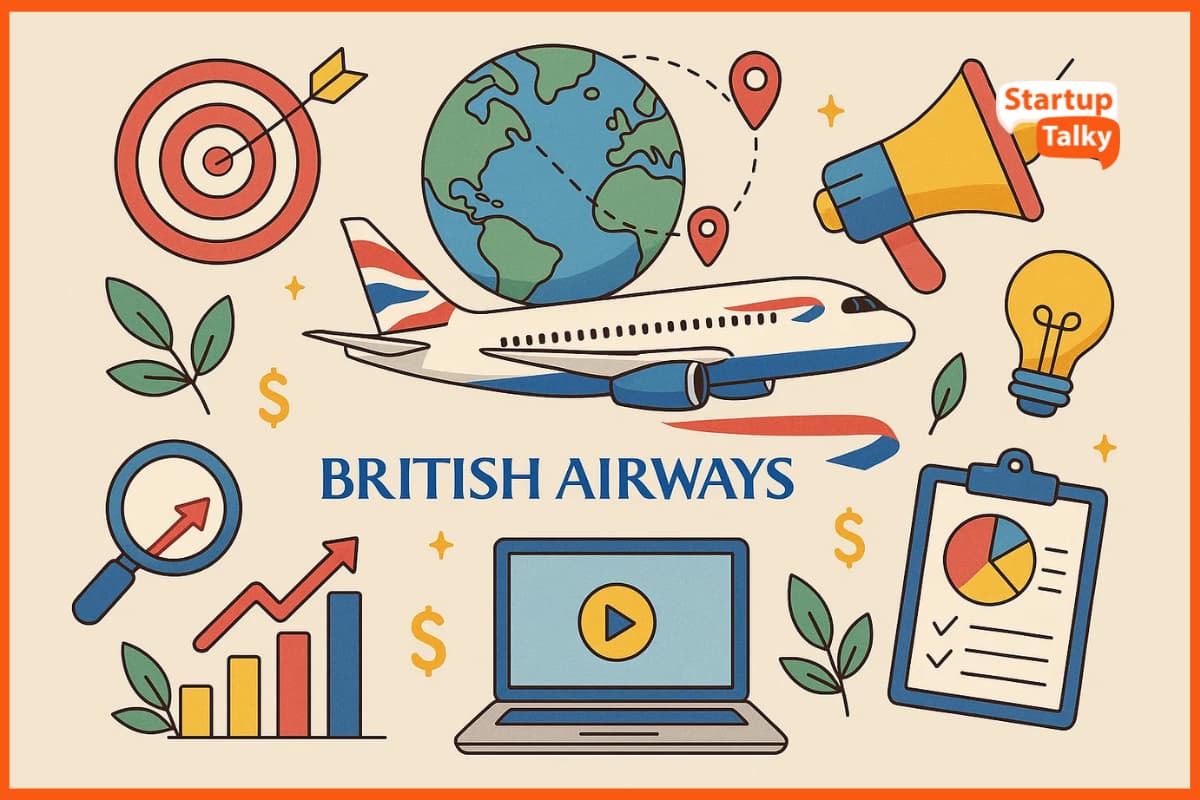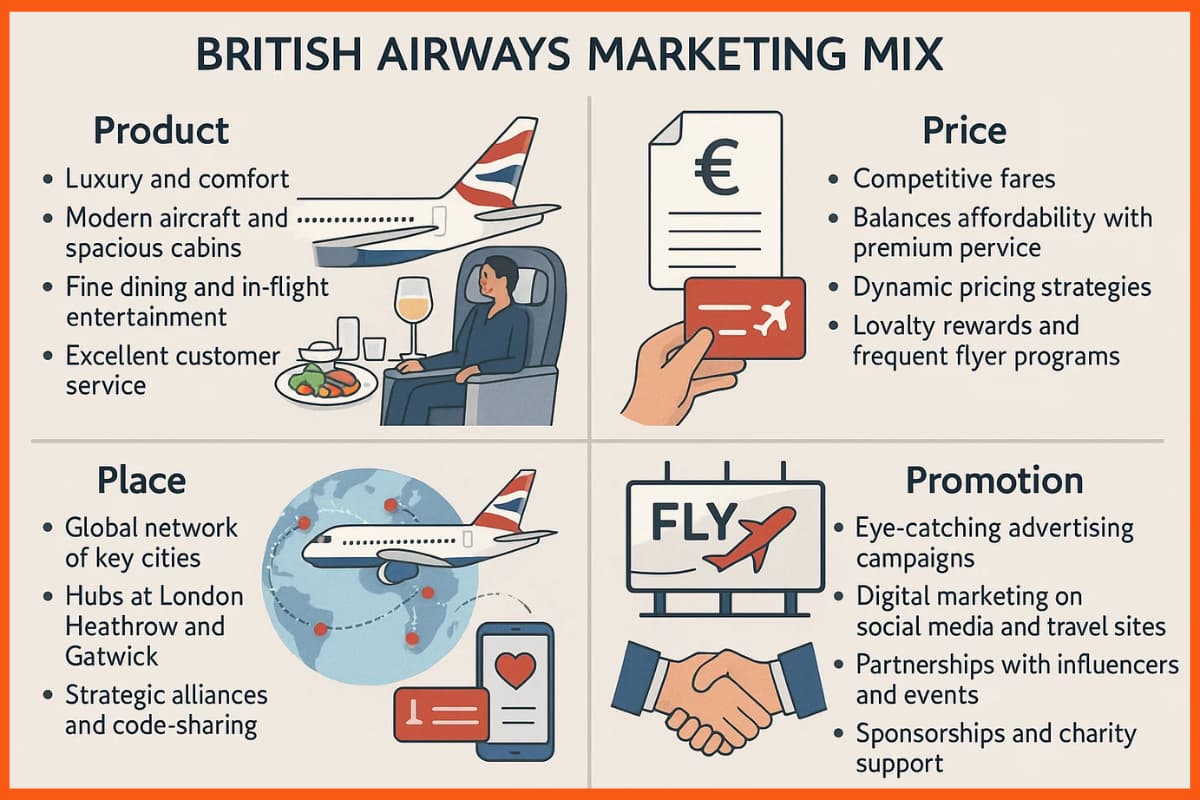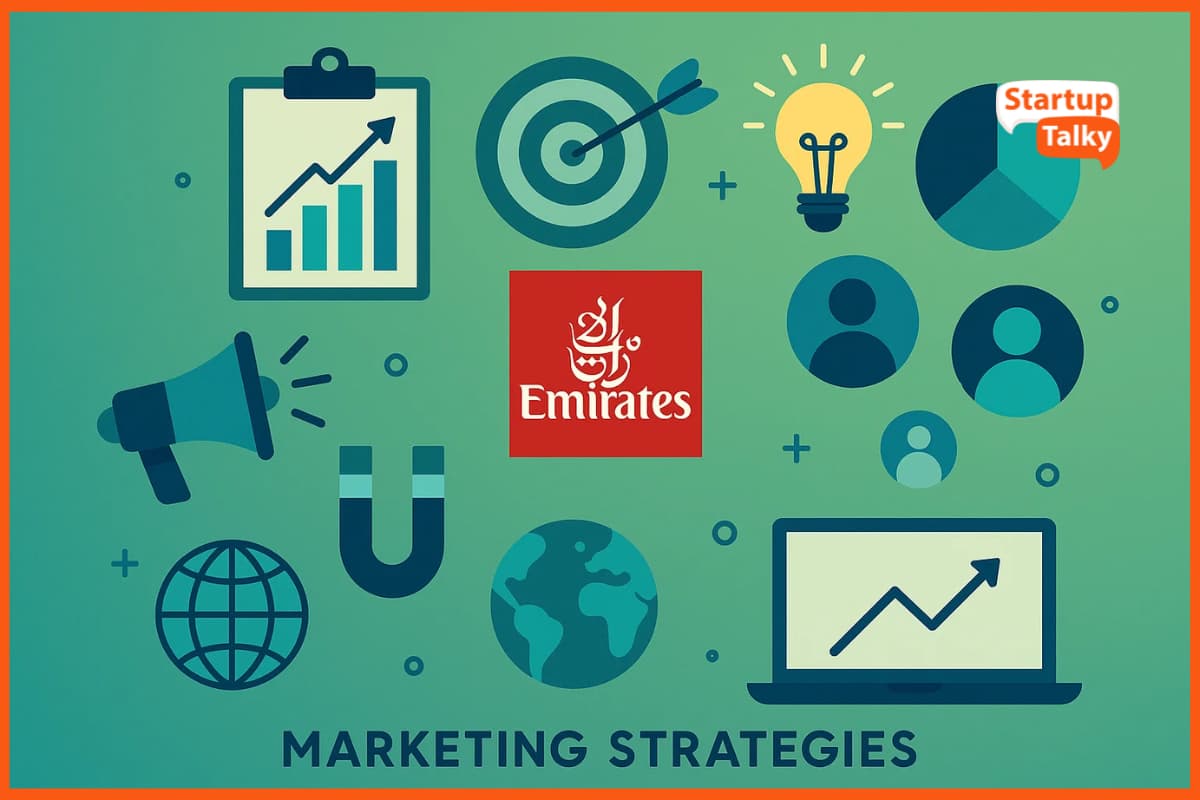KFC is the abbreviation form of Kentucky Fried Chicken, and it is one of the most widely known fast-food chains in the world when it comes to crispy fried chicken that is made from the well-guarded recipe of 11 herbs and spices. KFC uses this history when telling diners that the fried chicken chain is now headquartered in Louisville, Kentucky. KFC operates 30,000 outlets in more than 150 countries and is, as of 2024, the world’s second-largest restaurant chain. The brand is best known for its advertising tagline, “It’s Finger Lickin’ Good!” and has given its trademark bucket meals and chicken sandwiches for generations, thereby establishing itself in international fast food.
Sandwiches, wraps, and sides, as important as fries and coleslaw, were duly added to the menu; meanwhile, desserts. Today, KFC is one of the fast food chains, such as Pizza Hut and Taco Bell, which belong to Yum! Brands, and continues to expand by serving millions worldwide daily.
About KFC
KFC Business Model
How KFC Makes Money I Revenue Model of KFC
KFC’s Franchise Revenue Model
KFC’s Unique Selling Proposition
KFC SWOT Analysis
About KFC
Originally, KFC, or Kentucky Fried Chicken, was a small diner located on the roadside in Corbin, Kentucky, during the Great Depression. It was, however, founded by Colonel Harland Sanders, who served travelers at his service station, feeding them fried chicken from his special recipe that was composed of an herbal mixture and spices. As it gained recognition, Sanders redirected his diner into Sanders Court & Café, which in no time became a haven for people in the neighborhood. His secret recipe and the method of pressure-frying enabled the chicken to cook faster, seal the juice inside, and set KFC apart from the rest.
In 1952, Sanders sold his perfected recipe to create the first KFC franchise in Salt Lake City, Utah. He took some time before settling down and worked tirelessly, travelling across the United States to sign dealers up to open restaurants to sell his chicken prepared as correctly as possible. As the fastest-growing brand in the US during the 1960s and 70s, KFC soon grew around the world. Sanders became the reason why KFC turned out to be the international brand it became, having sold it in 1964 but staying as the face of the brand, forever associated with KFC.

KFC Business Model
KFC adopts a hybrid business model combining its company-owned outlets with the massive franchise network. Its heart of success lies in serving delicious fried chicken, consistency, and the whole brand reputation and efficiencies of its supply chain. Revenues are generated from direct sales to restaurants, while franchise partners pay upfront fees, royalties, and contributions towards marketing. This obtains a high standard within the business while tapping into the local expertise of franchisees to grow both the mature and emerging economies. The franchise model is a key part of KFC’s strategy that this time achieves speed to market with reduced risk to financial exposure.
While franchisees do get all the benefits of a KFC strong brand, as well as training and operations support, they are required to meet quality and service standards. Impressive investments continue to be made by KFC in digital transformation; launching online ordering and delivery, among others, keeps the company alive in business. It is strategically on track to continue posturing itself in fast-growth areas, post-enabling local menu innovation, and lastly, furthering its sustainability agenda. This combination of global oversight along with local adaptations keeps the company nimble in the fast-evolving food industry.

How KFC Makes Money I Revenue Model of KFC
KFC earns revenue from both direct sales of products and the global franchise network through a diversified revenue model. Company-owned and franchised outlets account for a significant percentage of its income. Fried chicken, sandwiches, sides, drinks and desserts, among others, are sold through these outlets. Combo meals and other limited-period promotions are also included, as well as home delivery services using dine-in, take-out, and online order channels to widen the sales channels available to KFC. These have helped steady the income stream and quickly react to the changes in customer preferences.

KFC’s Franchise Revenue Model
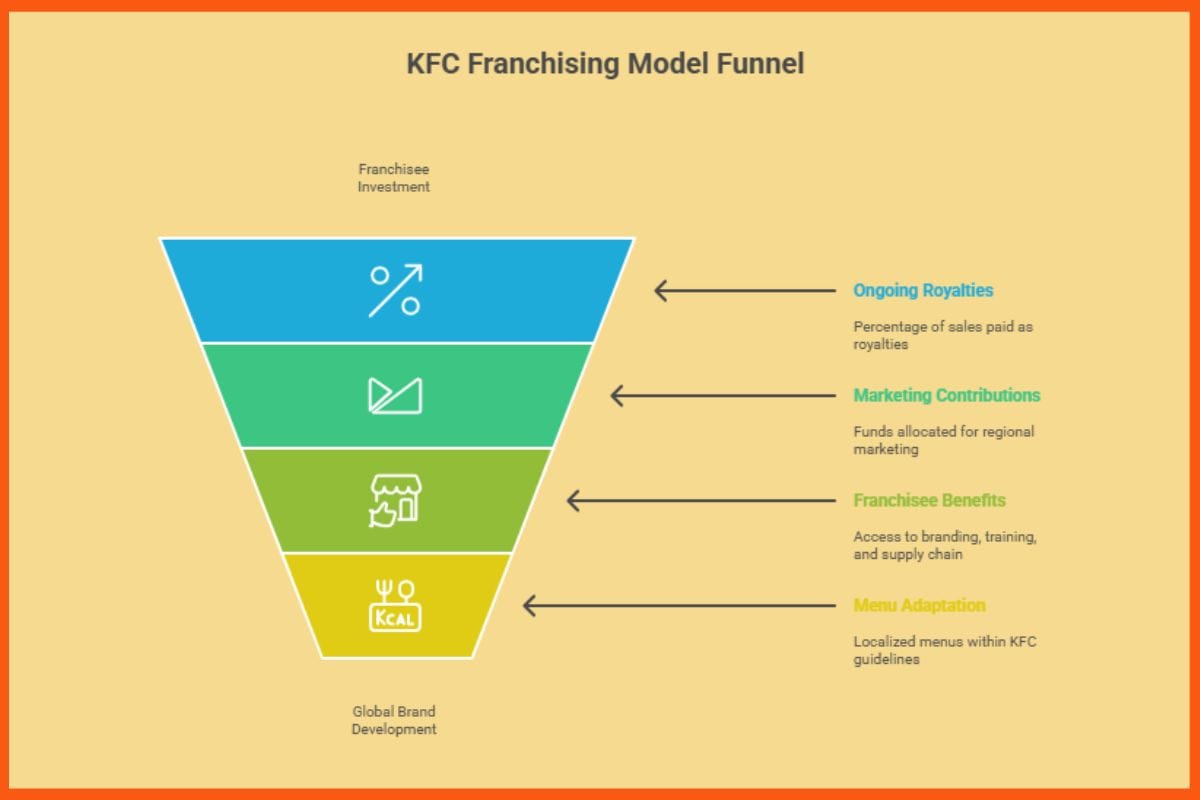
KFC derives a major chunk of its global revenue from its franchising model. The franchised outlet pays a fee for franchising at the start and then charges royalties on an ongoing basis, which usually is a percentage of total sales, and for regional marketing contributions. Franchise partners enjoy benefits from KFC, like branding training, supply chain access, marketing facilities, and stringent operational standards to bring in uniformity across the outlets. All these elements of the model help in quickly and with less risk making it global while allowing local palates to “modify” menus according to local taste, but within KFC guidelines. Franchise income also helps KFC to develop its brand and supports its world market presence.
KFC’s Unique Selling Proposition
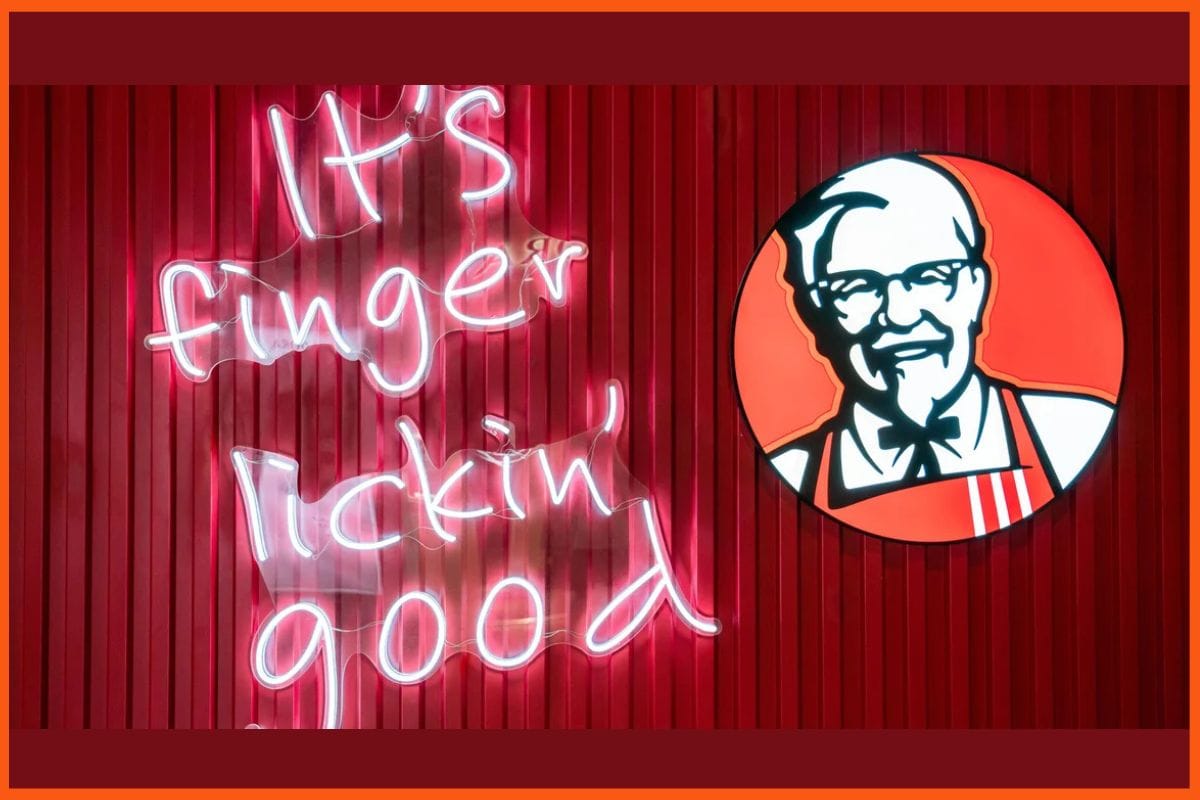
With “It’s finger-lickin’ good” as its slogan, the USP rests on KFC’s great fried chicken made with a secret recipe of 11 herbs and spices. This secret is KFC’s sole differentiator because the fried chicken is simply too crispy and too flavorful to be mimicked. And unlike a lot of fast-food players, the pressure frying technique of KFC makes the chicken juicy and tender from the inside and crisp from the outside, setting KFC apart for an eating experience enough to attract customers back over and over, building the KFC name as a principal brand in quality and taste. Apart from a recipe, the effective brand name adds to KFC’s unique selling proposition, being known for its reliability across the globe.
The brand can be recognized just by glancing at the red-and-white logo with a picture of Colonel Sanders smiling, on the basis of warmth, tradition, and comfort food across borders. But the brand remains different from the rest in constant innovation of new products, adaptations of the menu according to local needs, and serving family as well as young adult consumers.
KFC SWOT Analysis

Strengths
- Glorious, iconic brand with strong recognition among customers who are loyal.
- There exists a unique and secret recipe of 11 herbs and spices, which means one has a distinct competitive advantage.
- reputed to have a very strong international presence, especially in middle emerging markets such as China.
- Very effective and proved franchise model which allows rapid expansion with minimum risk.
- Strong operational proficiency and market power of Yum! Brands.
- Menu innovation and local adaptation of same offering with consistency in quality.
Weaknesses
- Public perception that unhealthy, fried-heavy menu items aren’t health-conscious options and provide limited healthy and vegetarian options.
- Quality and service are inconsistent across franchises.
- Poor industry image and problems with high turnover.
- Weakness in supplier reliability and susceptibility to negative publicity.
Opportunities
- Increased demand for healthier and plant-based food menus.
- Territory expansion in new or emerging markets with contoured offerings.
- Growth through online ordering and delivery platforms, and cloud kitchens.
- Targets in the future are in investment for sustainability, ethical sourcing, and digital technologies.
Threats
- Alongside increased competition brought sheer boldness between both global and local quick-service restaurant (QSR) establishments, thrusting at yet another cross-functional growth spurt.
- Changing consumer preferences are mostly geared toward health-conscious eating habits.
- Economic volatility, inflation, and operational disruptions hit.
- Scrutinies over regulations in terms of animal welfare and risks to reputation due to franchise mismanagement.
Conclusion
KFC happens to be a global giant, which is famous because of its secret recipe chicken and bold branding. It has successfully married tradition and innovation smartly. Its franchise model has ensured rapid expansion, and ideas for new menu items always keep customers curious and loyal. However, KFC has health concerns, service gaps, and intense competition. This brand took measures to solve these problems through healthier options and investing in digital tools. In the future, KFC has to evolve along with people’s trends-faster service, easier service solutions, and menu options for every lifestyle. Adapting to local tastes and changing habits will therefore keep KFC relevant and loved around the world. This means it will have a strong brand and a smart strategy to cope with the future.

FAQs
What is KFC famous for?
KFC is famous for its crispy fried chicken made with a secret recipe of 11 herbs and spices and its tagline “It’s Finger Lickin’ Good!”.
What is KFC’s business model?
KFC follows a hybrid business model with both company-owned outlets and a massive franchise network, generating revenue through direct sales, franchise fees, royalties, and marketing contributions.
How does KFC make money?
KFC earns money through direct sales of fried chicken, sandwiches, sides, and desserts in its outlets and through franchise revenues from royalties, initial fees, and marketing contributions.


